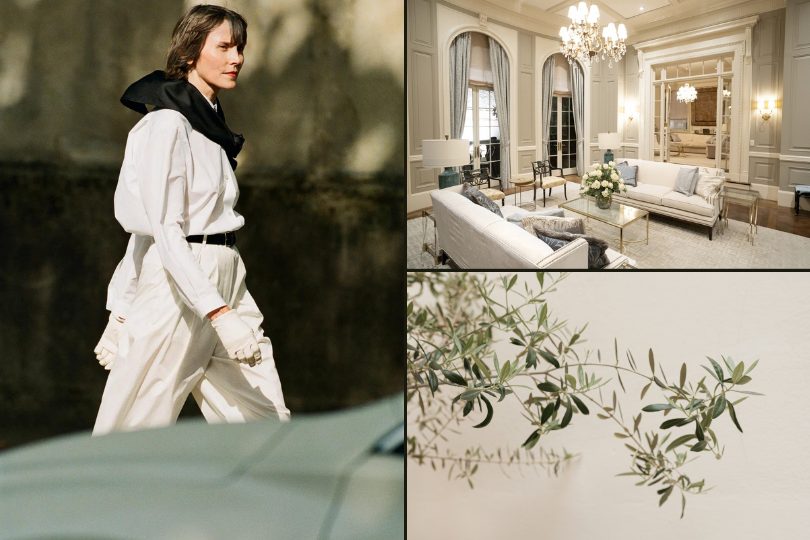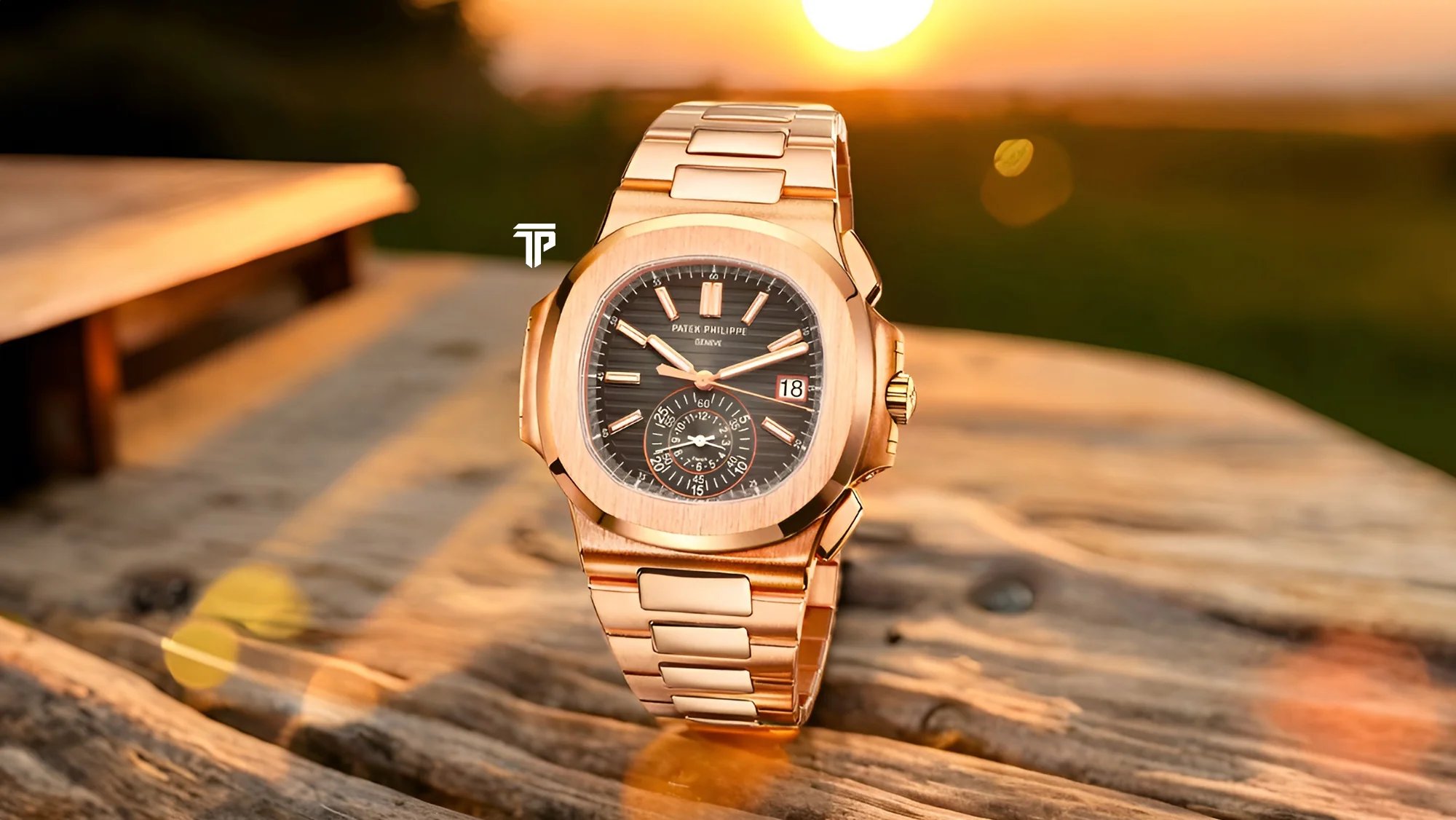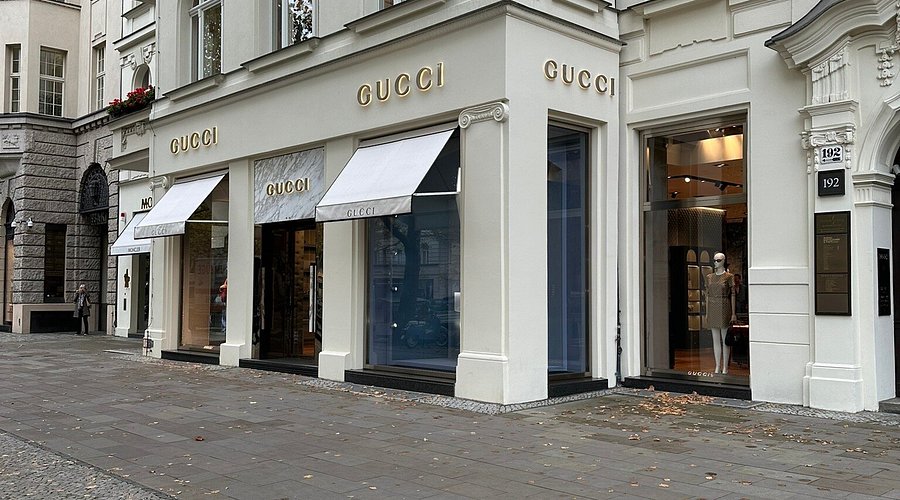Quiet Luxury Moves from Fashion to Architecture as Mansions Embrace Minimal Grandeur
By
John Carter
Last updated:
October 2, 2025
First Published:
October 2, 2025

Photo: BAZIS
Quiet luxury began as a trend in fashion. It was the refusal of bold logos, the preference for tailored simplicity, and the embrace of materials that whispered rather than shouted. That same philosophy is now reshaping architecture. Across the world, ultra-wealthy families are building mansions that turn away from gilded excess and instead embody minimal grandeur, redefining how luxury is expressed in living spaces.
A departure from opulence
For decades, luxury homes were designed to impress with scale, gold finishes, and conspicuous displays. The new generation of billionaires sees such design as outdated. They are rejecting marble-heavy halls and chandeliers in favor of clean lines, natural materials, and understated beauty. The appeal lies not in dazzling visitors but in creating spaces that reflect composure, taste, and refinement.
The philosophy of minimal grandeur
Minimal grandeur is not about smallness. These homes remain vast and meticulously designed. What makes them different is restraint. A vast open hall lined with oak panels says more about wealth than a glittering ballroom. Grandeur here is found in proportion, balance, and timeless detail rather than flamboyant ornamentation.
Materials as status markers
Instead of gold or crystal, the new architecture celebrates rare stones, reclaimed wood, and hand-carved surfaces. The luxury lies in knowing where the material came from and how it was crafted. To the wealthy, a wall made from stone sourced from a centuries-old quarry in Italy signals status more profoundly than any visible brand.
Architecture as identity
These mansions are designed not to impress the outside world but to express inner identity. Each space tells a personal story, blending architecture with lifestyle. Wealth today is no longer about size alone but about subtlety of detail, how light enters a room, how silence is preserved, and how space reflects thoughtfulness.
Privacy built into design
Quiet luxury also means privacy. Many of these homes are designed to feel hidden, blending into landscapes rather than dominating them. Floor-to-ceiling windows look out onto private forests, gardens are curated for seclusion, and layouts ensure that family life remains intimate despite the vastness of the estate.
Sustainability as quiet prestige
Just as in fashion, where understated fabrics are tied to quality and longevity, architecture is embracing sustainability as prestige. Energy-efficient designs, eco-friendly materials, and integration with natural surroundings are signals of both responsibility and refinement. The wealthy understand that sustainable design is now a marker of forward-looking luxury.
Influence on global real estate markets
This shift is already visible in prime real estate hubs. Developers are marketing homes that emphasize craftsmanship, wellness, and understated design. Buyers at the highest end of the market are seeking spaces that feel private and timeless rather than flashy and fragile. The market is evolving around this quieter demand.
A psychological shift in wealth culture
At its core, the movement represents a psychological shift. The new elite no longer seek validation through extravagance. Instead, they desire calm, balance, and permanence. Their mansions are sanctuaries, designed for inner peace as much as for beauty. The home becomes less of a display case and more of a retreat.
The future of quiet luxury living
As fashion and architecture continue to converge, quiet luxury will define the next chapter of wealth expression. Mansions of the future will not stand out because of their size or embellishment but because of their ability to embody serenity and substance. Minimal grandeur is becoming the ultimate signature of refined living for the ultra-rich.
Subscribe to unlock premium content
Sed at tellus, pharetra lacus, aenean risus non nisl ultricies commodo diam aliquet arcu enim eu leo porttitor habitasse adipiscing porttitor varius ultricies facilisis viverra lacus neque.
A comprehensive guide on Agile development

10 Productivity tools that are worth checking out

Top 7 Must have management tools for productivity

A comprehensive guide on Agile development

10 Productivity tools that are worth checking out

A comprehensive guide on Agile development








.png)
